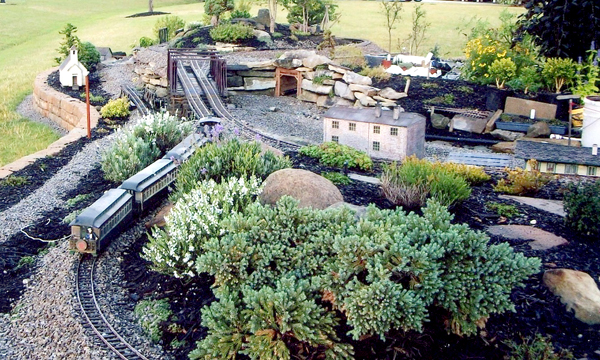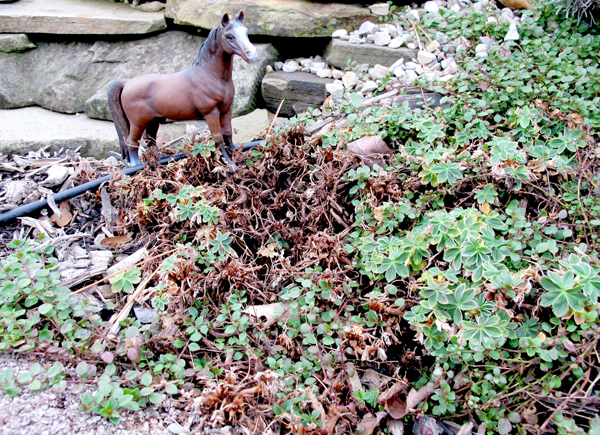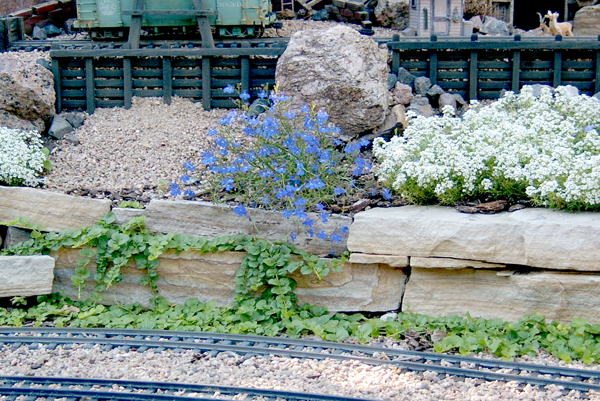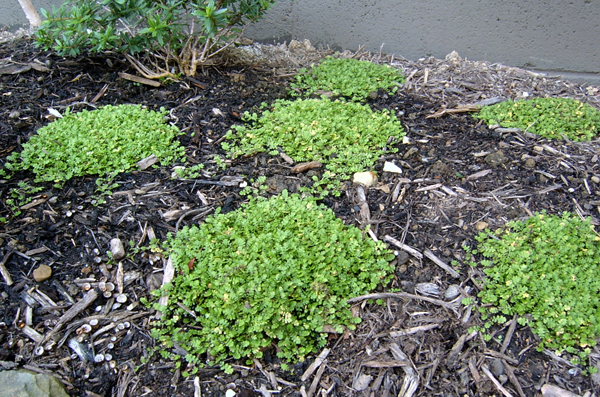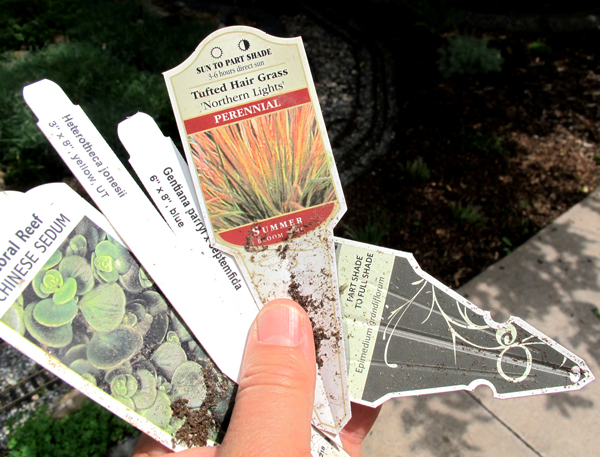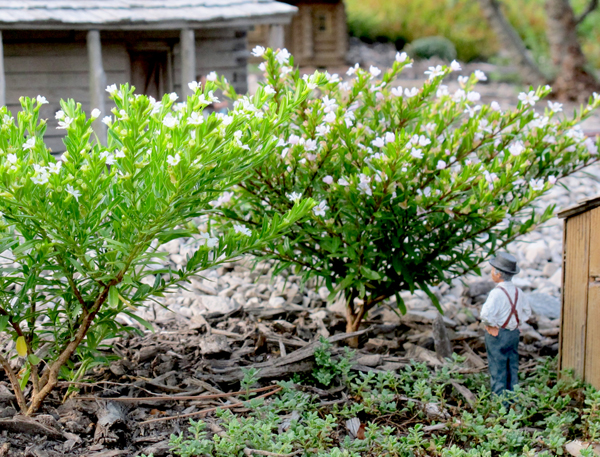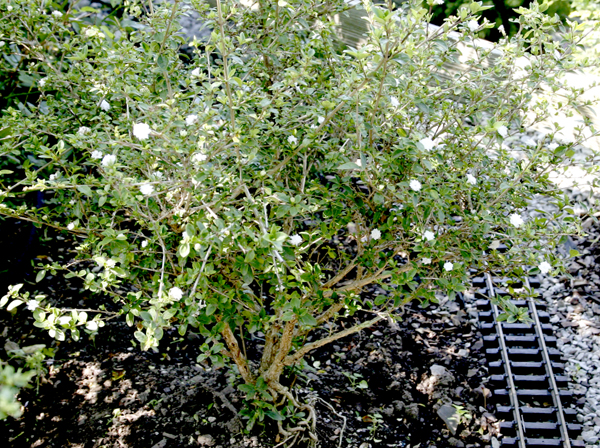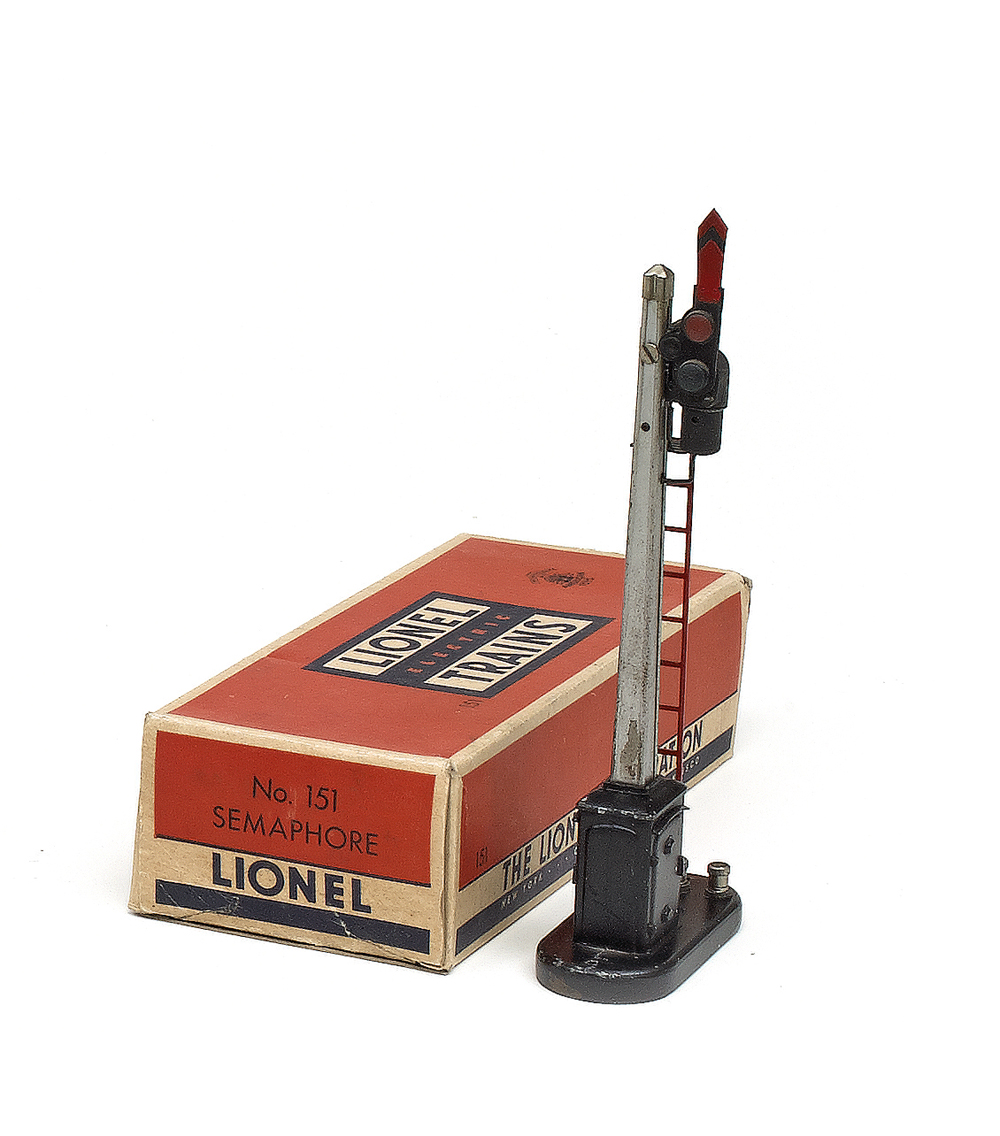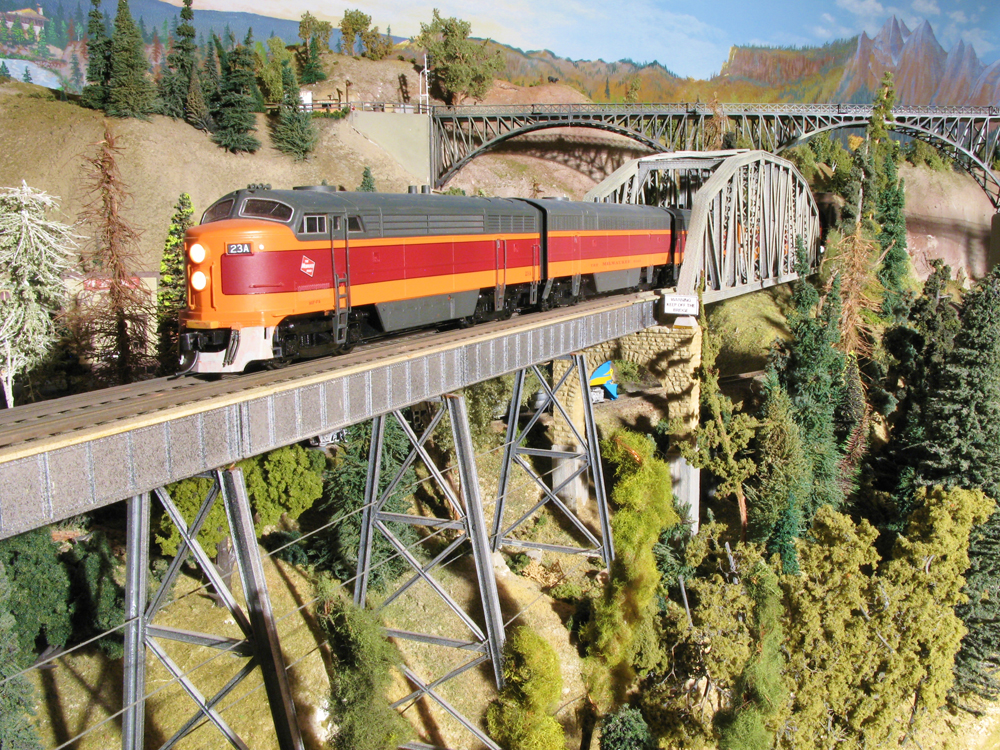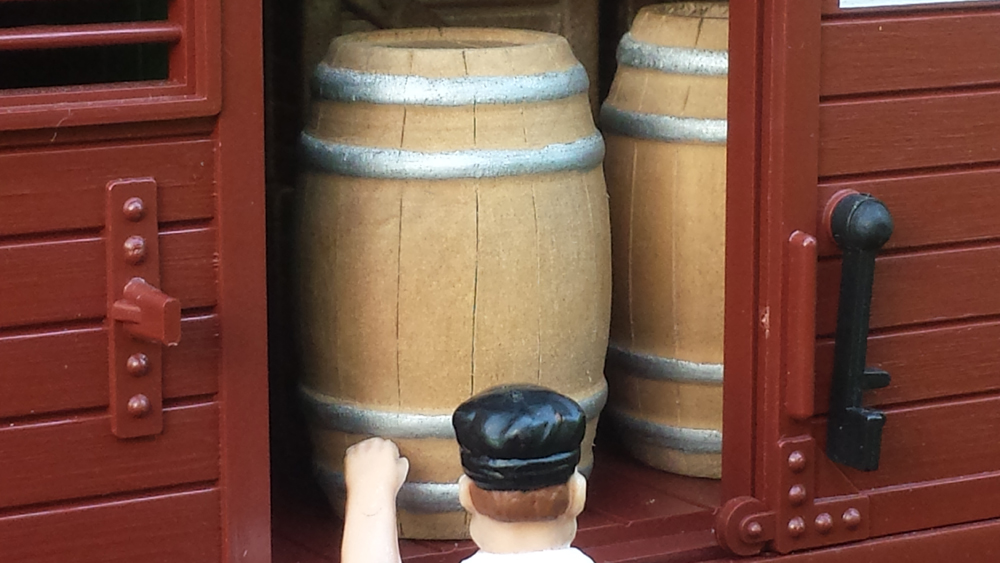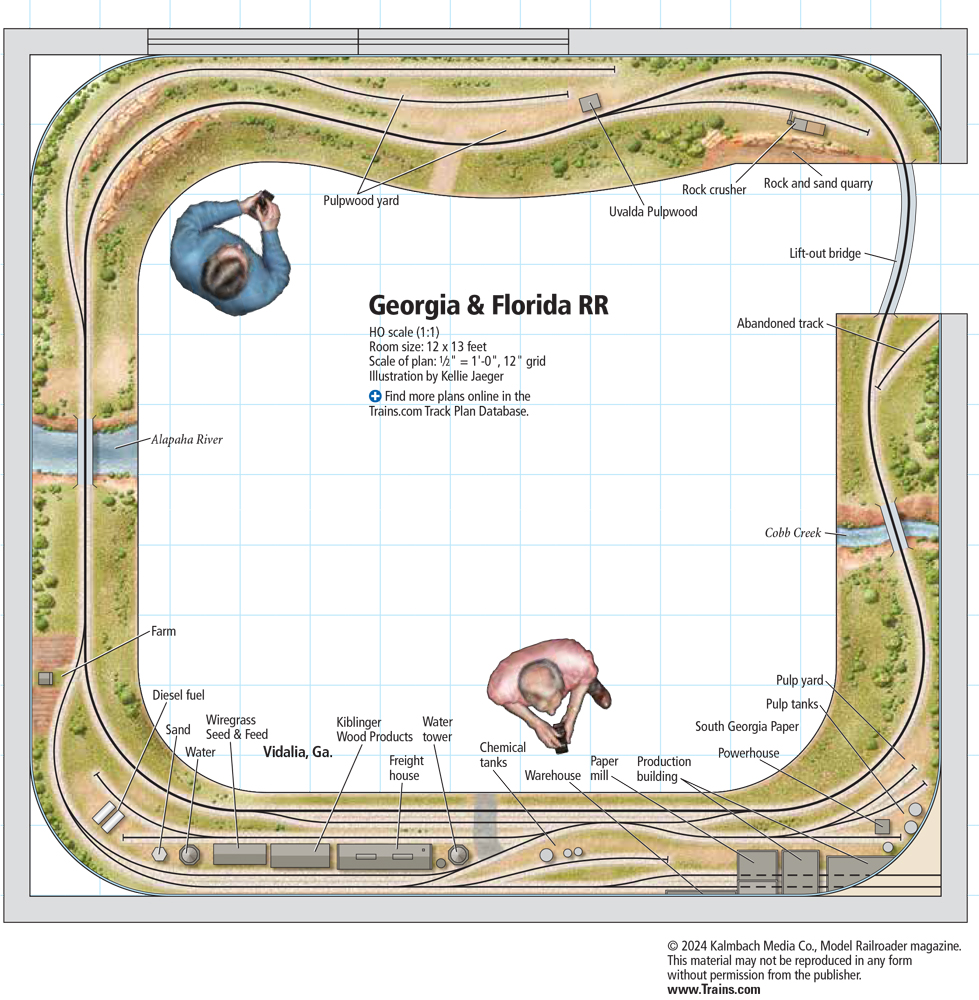In my last column, I discussed good preparation of the site and soil by careful evaluation of the growing conditions (light, moisture, soil type, and microclimate) and best ways to amend the existing soil. Here, I want to focus on choosing the right plants for the right place for the right reasons and getting them to grow as you want them to. Photo 1 illustrates the planting phase of my current railroad—transplanting material from my former garden railroad.
Before you head for the garden center to buy plants, I assume you have researched well to know what each plant requires for best growth. There’s no point in buying a plant that will fail because you planted it in a site with conditions it can’t tolerate. You can push a plant to adapt to some degree and you can try to adjust the growing conditions to a point, but it often means a lot more work than picking a plant that will do well with minimum upkeep. Photo 2 shows a miniature lady’s mantle groundcover that I planted in a location too sunny and dry for its preference.
Buying plants
Getting your plants at a local nursery or garden center (as opposed to buying them online) allows you the chance to inspect each plant in order choose get the healthiest ones. You can purchase annuals in multi-cell containers, knowing that, even though they are small, they will grow rapidly. Perennials grow more slowly, putting most of their effort into establishing a good root system the first year. It is best to buy the latter in larger containers, such as quart or gallon size. Look for plants with multiple stems and fresh, green leaves. Avoid plants in flower; they have expended too much energy already to adapt well to transplanting. Plants with flower buds forming are a better choice.
Don’t worry too much about annuals in containers having an abundance of roots, sometimes referred to as being root-bound. These soft roots can be teased out and spread when planting, and having too many roots is better than too few. Often a lot of this root mass will be replaced by new root growth as the plant settles into its new location. On the other hand, perennials with woody roots should not have an excess of circling roots. These may not grow out from the potting soil ball to establish a long-lived plant. Most perennials do better if you slice vertically into the root ball with a sharp blade, cutting the visible roots in three to four places. Tease the roots away from the root ball as you plant it.
Planting annuals
It’s rather obvious that annuals should be planted in the spring, as they are evolved to flourish in the summer, produce seed, and die. The plants you buy in the garden center in multi-cell containers were started from seed in the winter and grown to transplant size for quick sales. Some annuals will self-seed, coming back every year, which makes them a bargain. A good example of this for the railroad garden is sweet allysum (Lobularia maritima). It forms a 3″ mat of fine-leaved foliage covered with tiny flowers (white, pink, rose, lavender, or purple—photo 3). On my former garden railroad, I grew a fine cultivar—L.m. ‘Wonderland Deep Purple’. It came back every year in the same location and occasionally appeared across the track in a new bare area. You can plant sweet allysum by seed outdoors a few weeks before the last spring frost and it will grow quickly to start blooming in July or August, or you can buy six-cell containers of starter plants to get earlier blooms. Put these in the ground a week before the last frost date.
Planting perennials
Perennial plants can be planted in the spring or fall (at least six weeks before the ground freezes). In the spring, plants grown in containers should be put in the ground after the last frost. Perennial groundcover plants can be purchased in small, multi-cell containers and planted more closely together to get quicker coverage of bare soil. Quart-sized containers of groundcovers will fill in quickly using fewer plants to cover the same area. Cost-wise it’s a wash but, if only the smaller size is available, a little weeding will be needed before it fills in. Photo 4 shows the progress of smaller transplants a year after planting.
When you plant shrubs or trees, it is better if they are planted in their permanent site. They can be dug up and moved later but, the larger their root system gets, the harder it would be. Dig a hole two times wider than the container but no deeper. Slope the sides into the bottom of the hole. Test the depth by setting the container in the hole to make sure that the top of the root ball is at ground level. It is better to plant too high than too low, as roots tend to smother, especially if they are 1-2″ below grade.
Remove the container by turning it upside down, tapping on the bottom while supporting the plant by holding the main stems at the top of the root ball. After cutting and teasing out visible roots, set the root ball in the hole and fill in around it with your good topsoil. Firm the soil but don’t pack it too hard; let water help settle the soil and remove air pockets, by soaking the planting site with plenty of water. Keep the soil moist the first year, especially when there is a prolonged dry spell, but don’t over-water the plant, which is worse than it being a little dry. Salt-based (inorganic) fertilizers are not recommended when planting annuals or perennials, as they can burn the roots. Organic fertilizers may be used, mixed well with the soil according to the package instructions. These become available to the plant as bacteria convert them to usable nutrients.
Plants with special requirements
If you are planting succulents (plants with thick leaves) or plants with silvery foliage, make sure the soil is well drained, such as on a slope or the top of a wall. These plants do best in sandy soil in full sun. Shade plants do best in moist, organic-rich soil (think humusy woods soil).
Another category of special needs includes those plants that would not survive the cold in more northern climes. Some of these do well being lifted from the ground and brought indoors in containers for the winter months. Photo 6 shows two elfin herb “trees” (Cuphea hyssopifolia ‘Alba’, Zones 8-11). They are in their second year, after over-wintering indoors under grow-lights. Another tropical that over-winters indoors easily is serissa snowrose. In photo 7, the cultivar is Serissa foetida ‘Flore-Pleno’ (a.k.a. ‘Double White’), Zones 8-11. In the south, within their Hardiness Zones, these two choices are ideal for making small trees. In the north, they can be kept under lights indoors in the winter and grown in the ground during the warmer months. You wouldn’t want too many of them, as they are more labor intensive than hardy plants that can be left outside all year.





